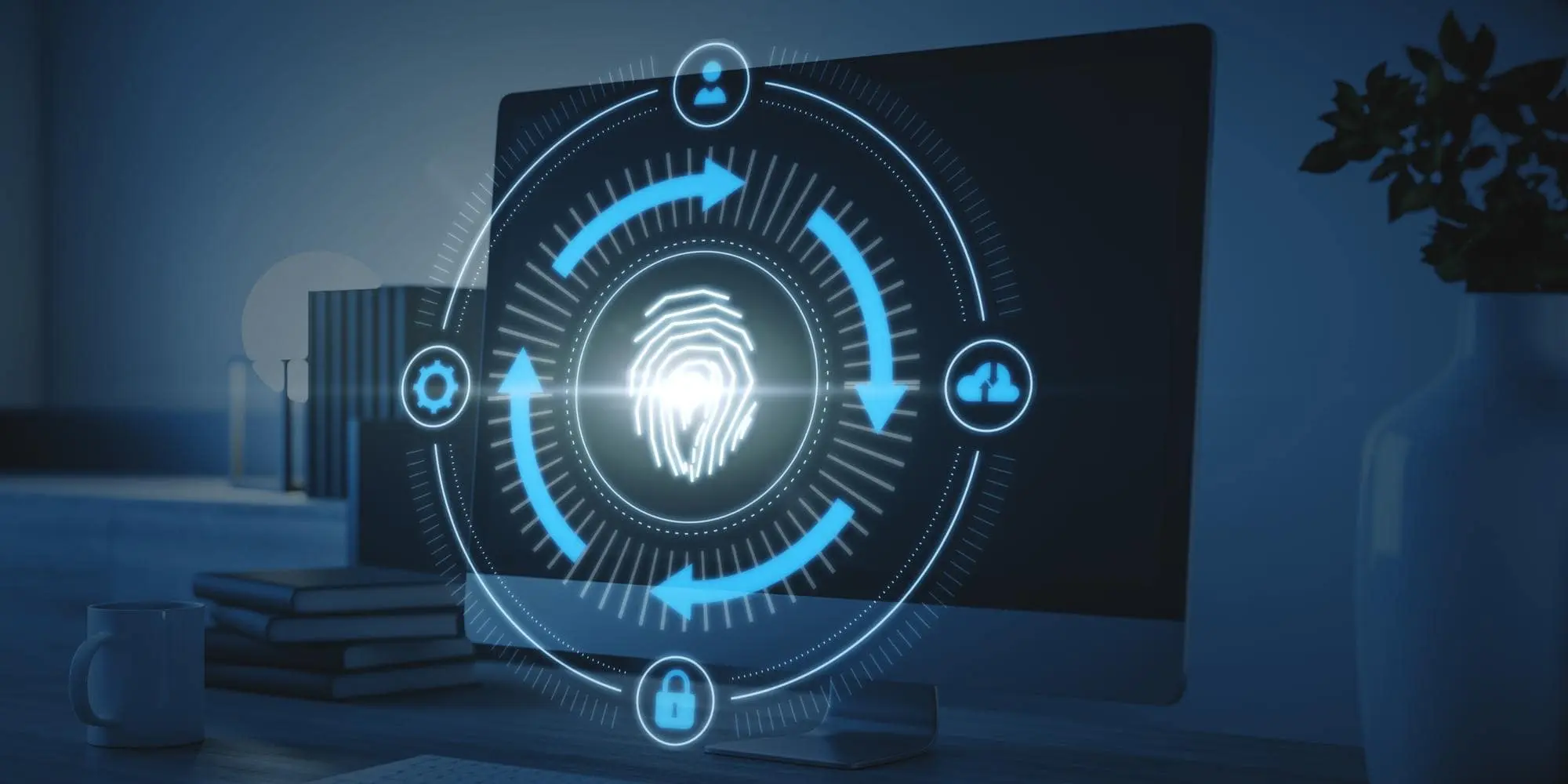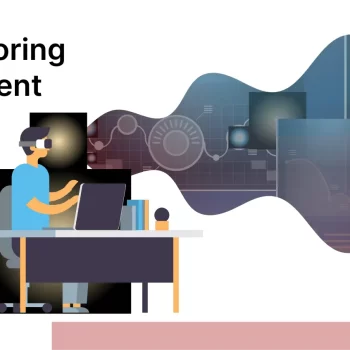The evolution of access point monitoring reflects the broader trajectory of technological advancement and changing security paradigms within IT environments. Initially, access point monitoring was a relatively straightforward process focused on securing physical entry points and logging basic user activities within systems.
In these early stages, the emphasis was on controlling access to physical assets and critical infrastructure, with security protocols often revolving around keys, badges, and simple password-based systems for digital resources. Logs and audits were manual and cumbersome, limiting the speed and scope of security responses.
Related blog: 10 reasons why a VM monitoring tool is invaluable for organizations
Role of access point monitoring in 2025
As digital transformation accelerated, enterprises migrated towards more complex IT infrastructures, including on-premises servers, cloud services, and several endpoint devices. The expansion introduced new challenges and complexities in access point monitoring. The rise of the internet and networked systems necessitated more sophisticated approaches to security, with traditional perimeter-based defenses becoming inadequate.

The concept of ‘perimeter’ itself became diffuse with the advent of cloud computing and mobile workforces, leading to the adoption of identity and access management systems. These systems offered more granular control over who could access what data and from where.
Today, access point monitoring is an integral component of an enterprise’s cybersecurity posture, embracing advanced technologies and methodologies to address ever-evolving threats. The current landscape is characterized by the integration of AI and ML algorithms, which can detect abnormal behavior patterns and potential security breaches in real time.
Access point monitoring systems now offer comprehensive visibility across all user activities and network transactions, enabling proactive threat detection and automated incident response. The shift towards zero trust architectures reflects a fundamental change in approach, where trust is never assumed, and verification is required from everyone trying to access resources in the network, regardless of their location.
Also, the proliferation of IoT devices and the expansion of edge computing have further complicated the access point monitoring landscape, introducing numerous new entry points and data pathways that need to be secured. In response, access monitoring solutions have become more integrated, offering unified platforms that can manage and monitor access across distributed IT ecosystems.
Critical features of access monitoring
Real-time detection and alerting
Effective access point monitoring comes with real-time detection of unauthorized access attempts or anomalous user behaviors. It ensures that security teams are alerted immediately when suspicious activities occur, driving quick action to mitigate potential threats.
Real-time alerting systems leverage advanced analytics and pattern recognition to differentiate between normal and potentially harmful activities, minimizing false positives and enabling focused response efforts. Such immediate awareness is crucial for maintaining the integrity and security of IT environments in a landscape where threats can materialize and escalate quickly.
User activity logging
Keeping detailed logs of user activities is important for access point monitoring, providing a forensic trail that enterprises can analyze to understand the context of security incidents. This feature captures every login attempt, access request, and action performed by users, including the time, location, and resources involved.
Comprehensive logging enables enterprises to conduct thorough investigations following a security breach, comply with regulatory requirements, and gain insights into user behavior patterns. It also helps in auditing and compliance efforts, ensuring that enterprises can verify adherence to access policies and regulations.
Role-Based Access Control (RBAC)
RBAC is a key feature that allows enterprises to handle user access based on their roles. RBAC assigns permissions to roles rather than individual users, simplifying the administration of access rights, reducing the risk of excessive privileges, and ensuring users have the right access at the right time.
This principle of least privilege is fundamental to securing sensitive information and systems against unauthorized access and lowering the possible impact of a breach.
Multi-Factor Authentication (MFA)
MFA provides a valuable security layer by making users provide two or more verification factors to gain access to resources. It reduces the risk of unauthorized access resulting from compromised credentials, as attackers are unlikely to possess additional authentication factors (such as a physical token, a fingerprint, or a one-time passcode sent to a mobile device).
MFA is very important in protecting against phishing attacks and credential stuffing, ensuring that access to sensitive systems and data is securely controlled.
Smooth integration with IAM systems
Access point monitoring is often part of a broader IAM (Identity and Access Management) strategy, integrating seamlessly with systems to provide a holistic view of access management and security. It enables the centralized management of user identities, permissions, and access policies, facilitating easier administration and enforcement of security controls.
Enterprises can ensure consistent application of access policies across their IT ecosystem by linking access point monitoring with IAM. This streamlines user provisioning and de-provisioning processes while boosting the overall security posture.
Anomaly detection and behavioral analysis
Leveraging AI and ML, anomaly detection and behavioral analysis enable access monitoring systems to identify unusual access patterns or behaviors that may indicate a security threat. Anomaly detection algorithms analyze historical access data to establish baselines of normal user behavior and can flag deviations from these norms as potential security incidents.
Behavioral analysis helps in detecting insider threats, compromised accounts, and sophisticated attacks that might not trigger traditional security alerts. This approach to security empowers enterprises to detect and respond to threats based on subtle indicators of malicious activity, elevating their ability to protect sensitive assets.
Related article: IoT Device Management: A Guide to NMS for Monitoring Connected Devices



















